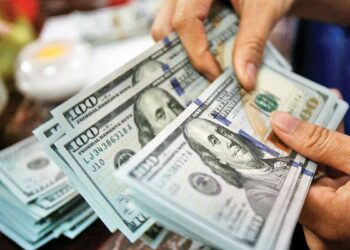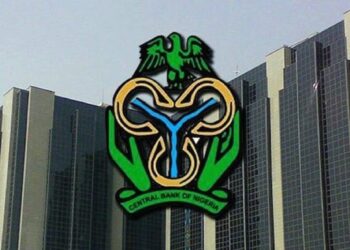The Nigerian naira has fallen to a six-month low, trading at N1,625.88 per dollar in the official Nigerian Autonomous Foreign Exchange Market (NAFEM) on Wednesday, August 4, 2024. This marks the currency’s weakest performance since March 8, 2024, when the exchange rate stood at N1,627.4 per dollar.
According to data from the FMDQ, the naira’s depreciation on August 4 represents a 0.89% decline from the previous day’s rate of N1,611.34 per dollar. During the day, the currency fluctuated between a high of N1,640 and a low of N1,400, reflecting increased volatility in the foreign exchange market.
Decline in FX Turnover
Foreign exchange (FX) turnover also saw a slight decline, falling by 1.84% to $205.76 million, down from $209.61 million the previous day. This downward trend is part of a larger pattern, with the Nigerian official FX market experiencing reduced liquidity and significant daily fluctuations.
Reports suggest that the consistent drop in FX turnover since July 2024, when it stood at $4.34 billion, highlights the mounting pressures on the official market. By August, total turnover had fallen to $3.25 billion, a decrease of $1.08 billion. This 25% drop underscores the ongoing liquidity challenges faced by the naira, making it harder for the Central Bank of Nigeria (CBN) to maintain currency stability.
Wider Economic Implications
The naira’s continuous depreciation comes amid rising inflation and a recent increase in petrol prices across the country, which could further strain businesses and households. The economic environment remains challenging, with demand pressures and insufficient dollar liquidity exacerbating the situation.
In addition to the naira, other African currencies, such as Egypt’s pound and Ghana’s cedi, have also struggled in 2024. In fact, the naira was named the worst-performing currency globally in the first half of the year, according to a report by Bloomberg.
CBN’s Response and Future Outlook
Yemi Cardoso, the governor of the CBN, recently addressed the currency crisis, expressing cautious optimism about the bank’s efforts to manage the situation. While Cardoso noted that stabilizing the naira is a work in progress, he emphasized that various macroeconomic measures are being implemented to help strengthen the currency.
However, with continued volatility and tightening dollar liquidity, the naira’s future remains uncertain, and further depreciation could occur if these conditions persist.










